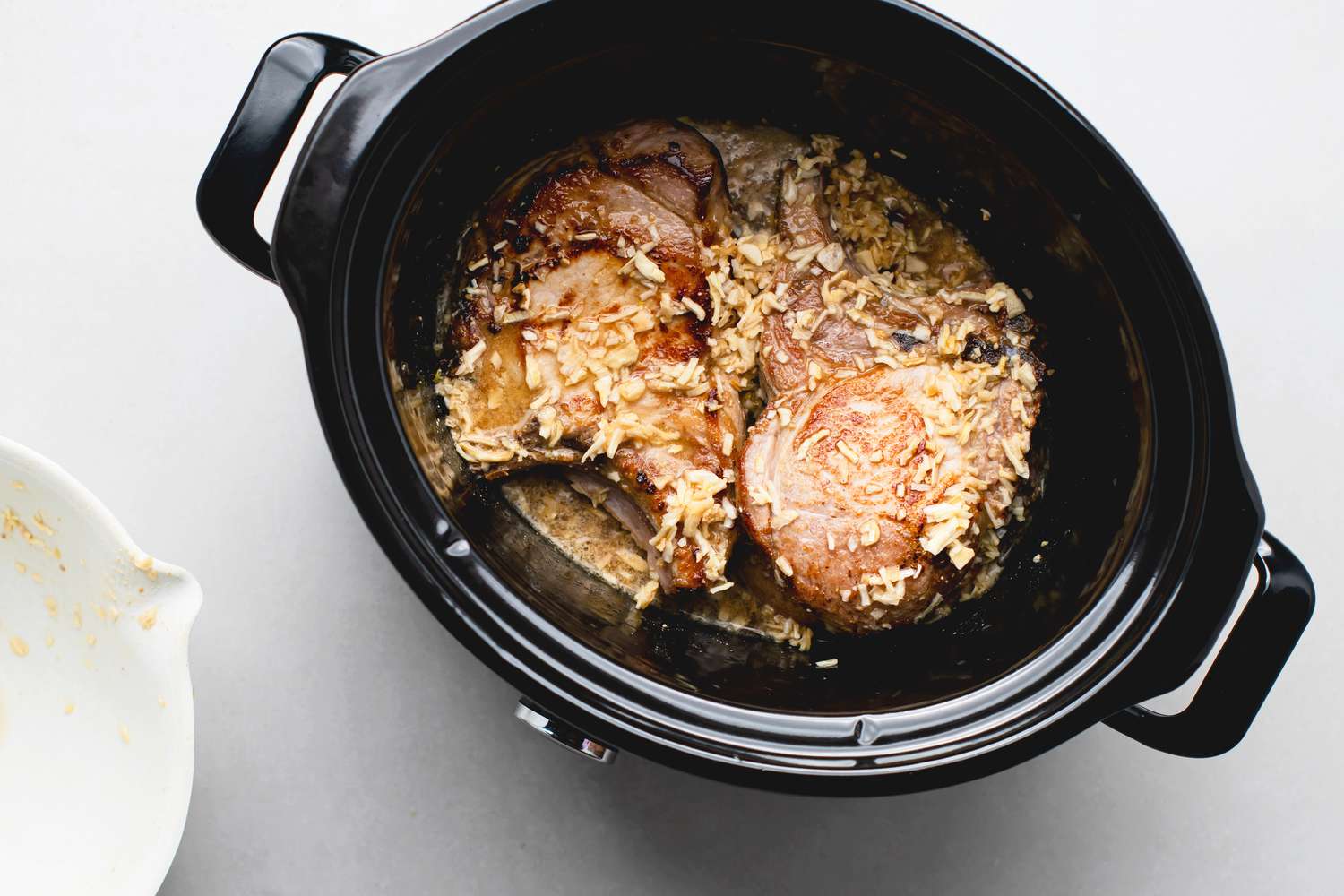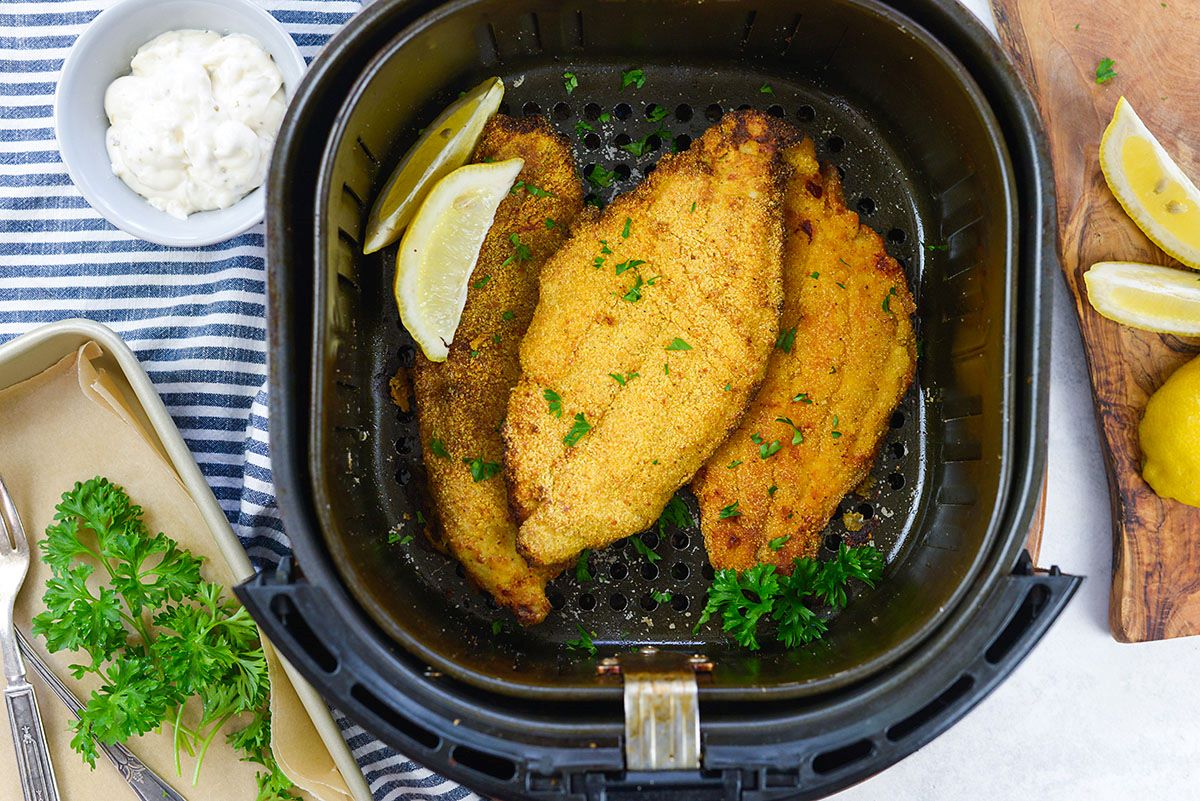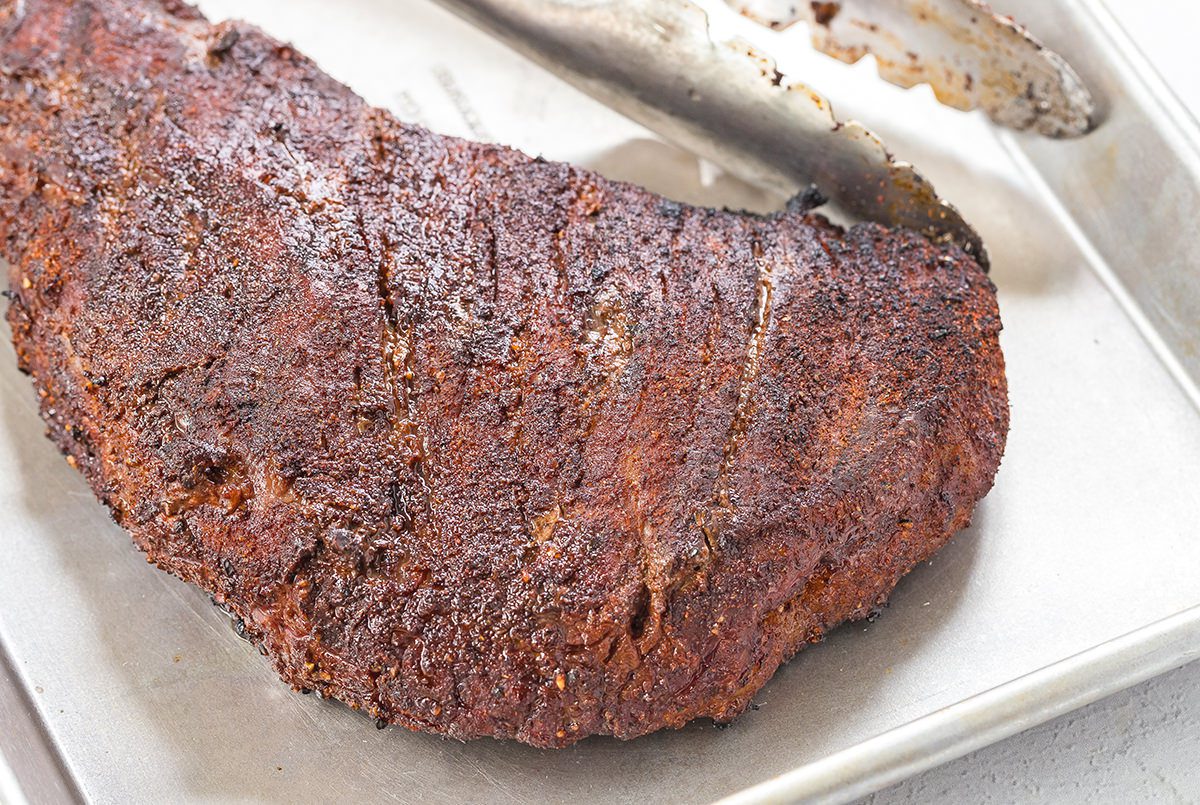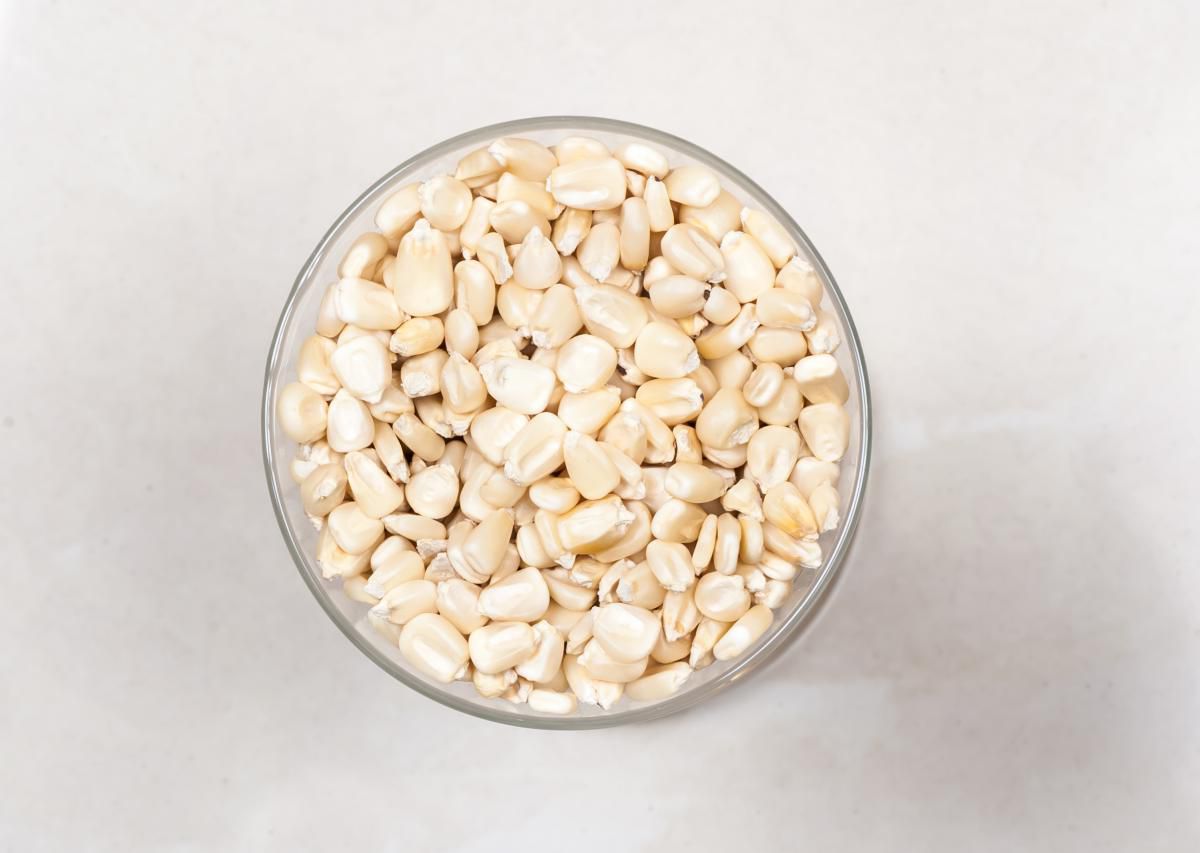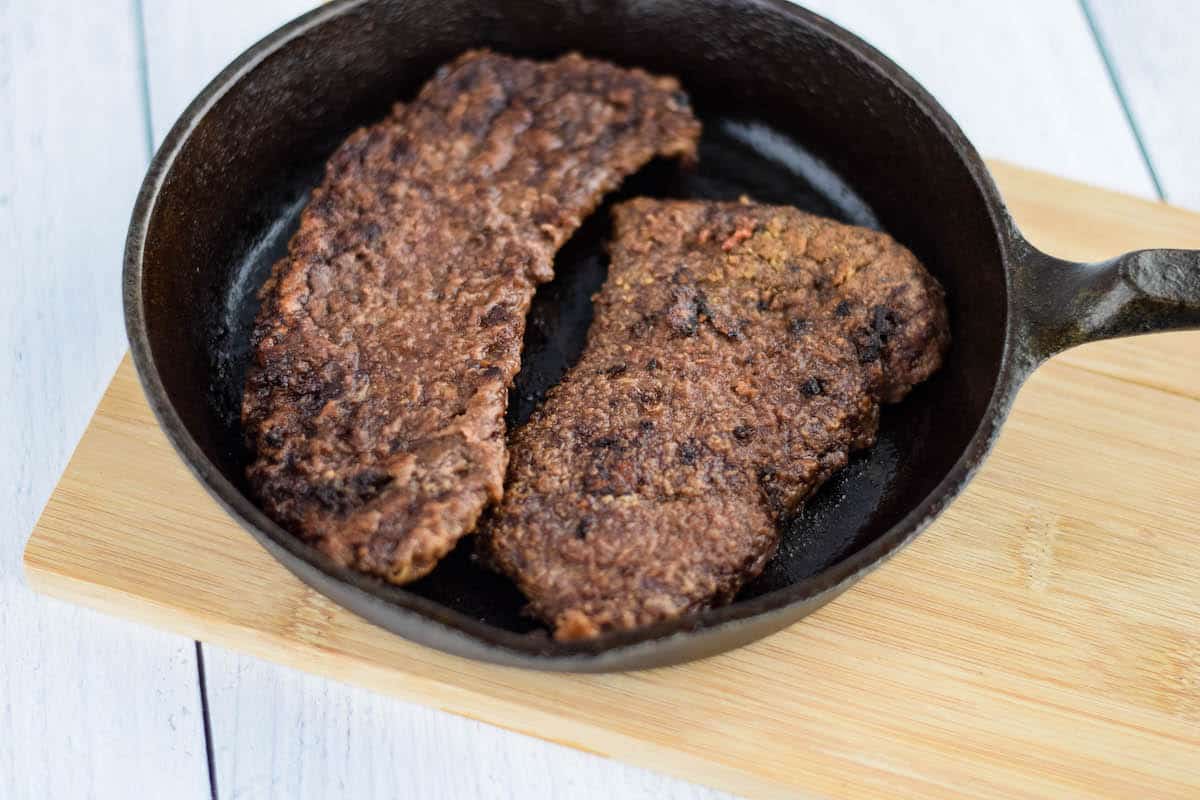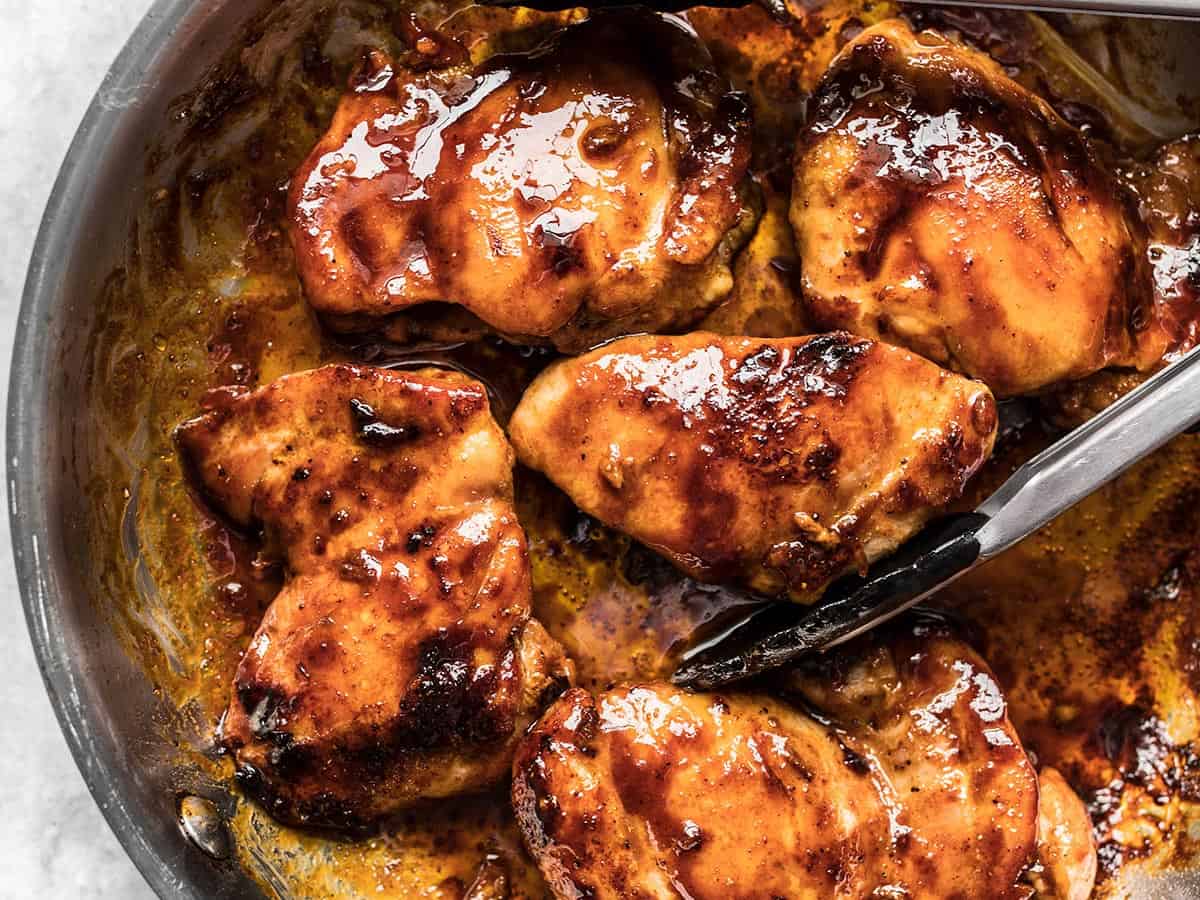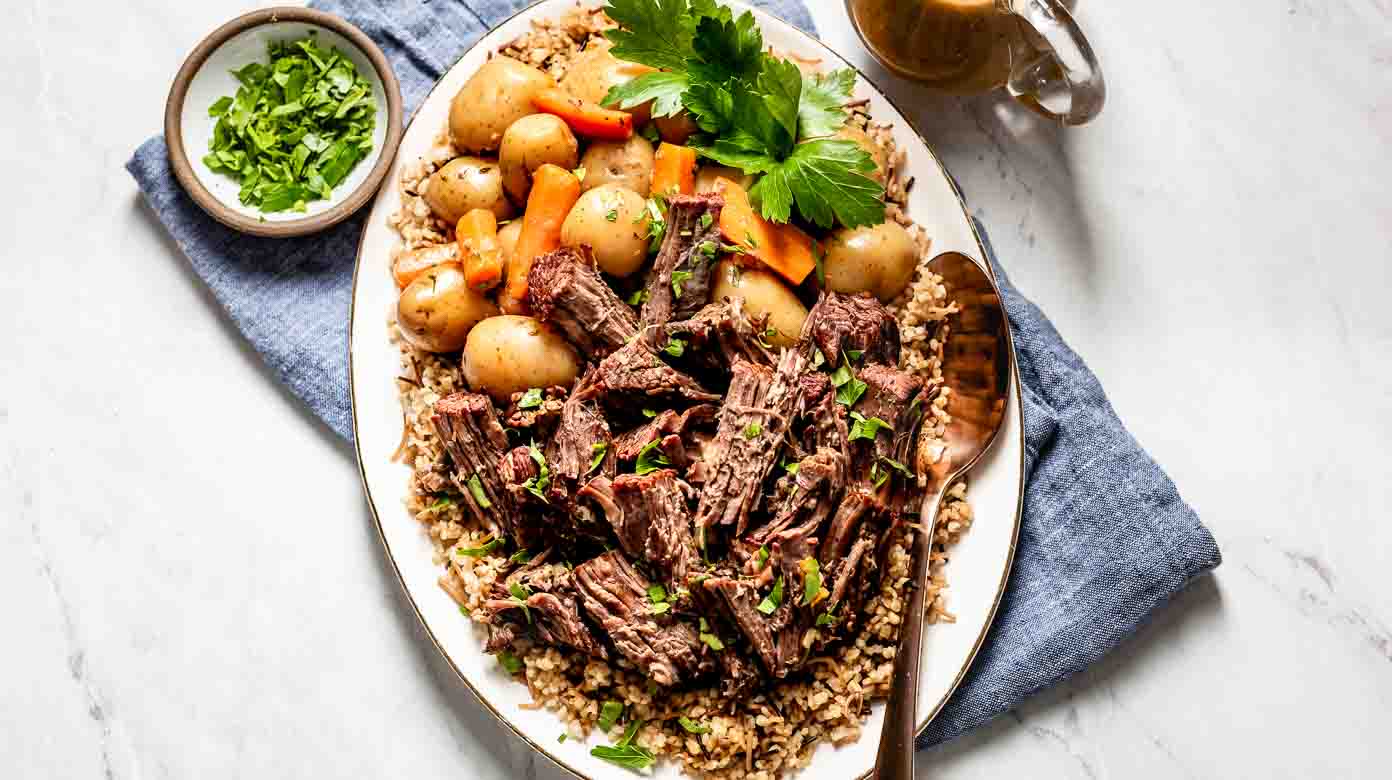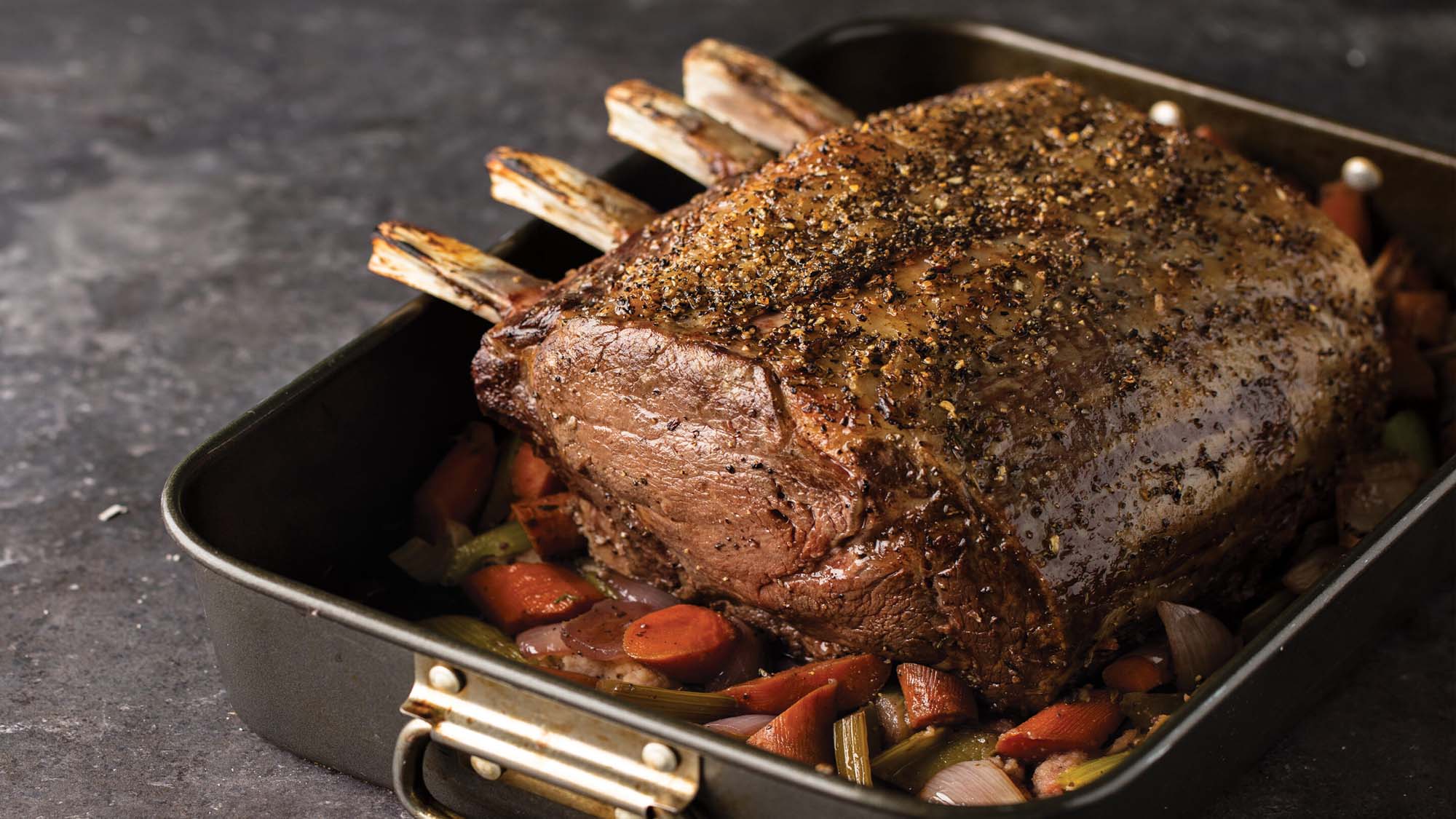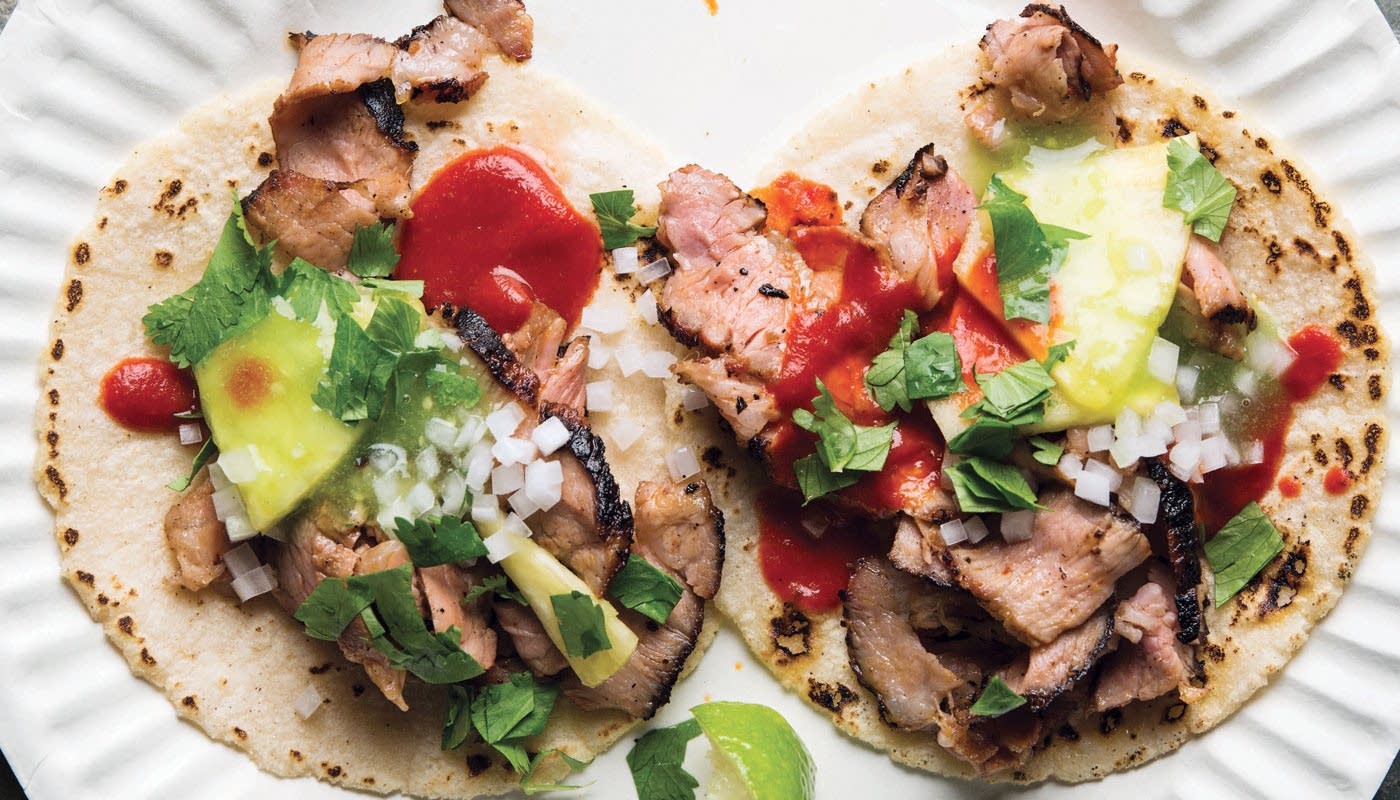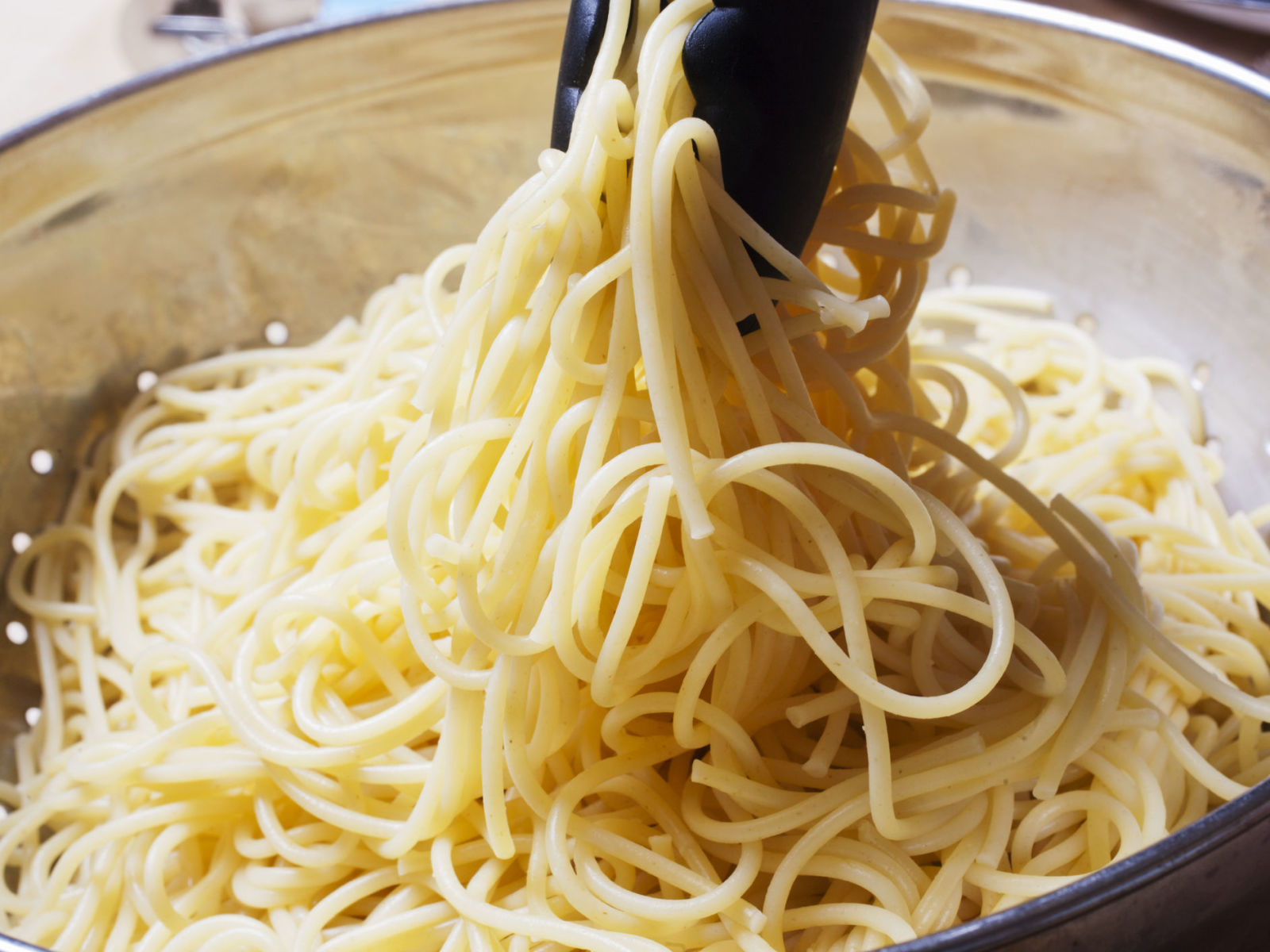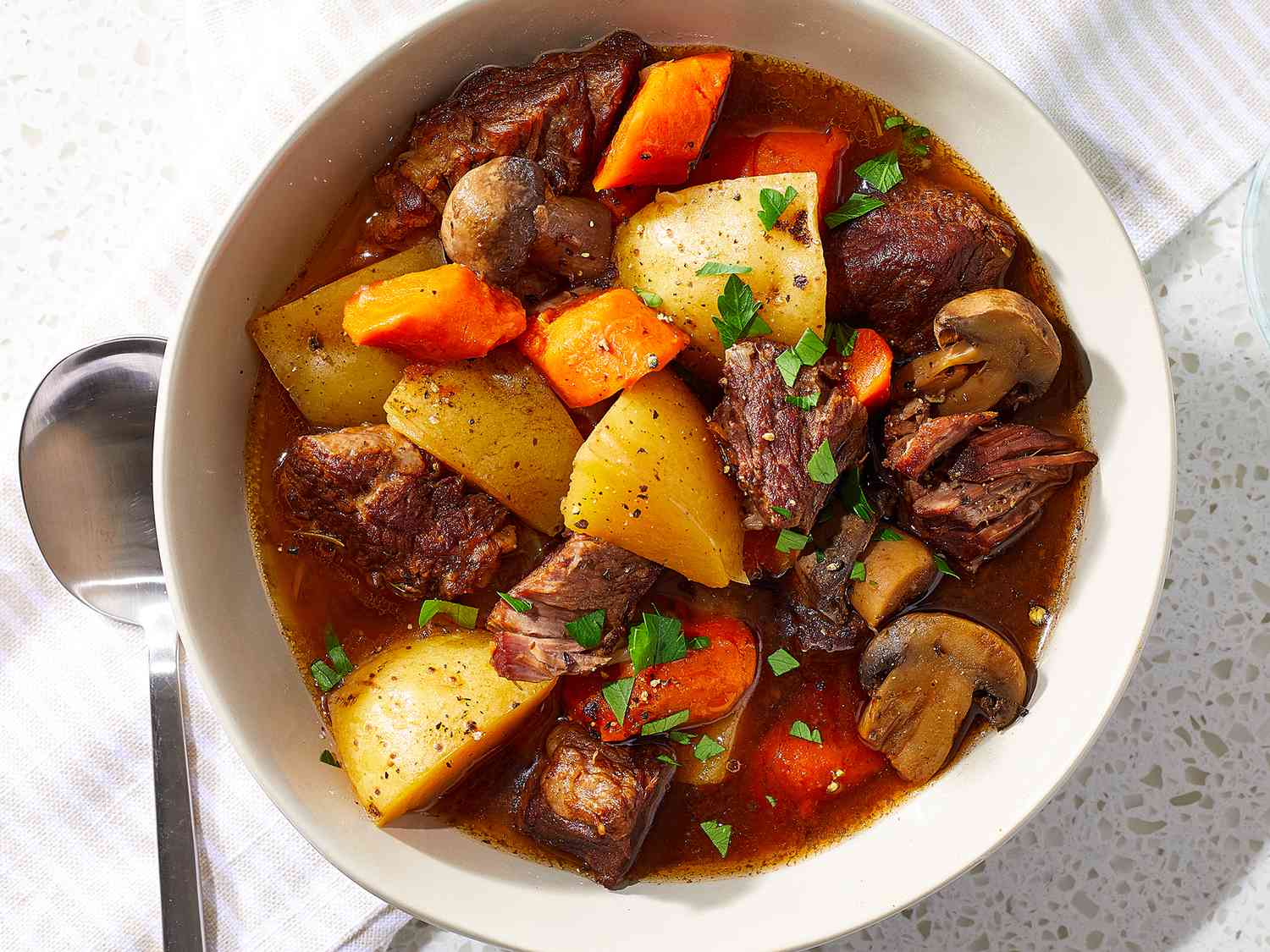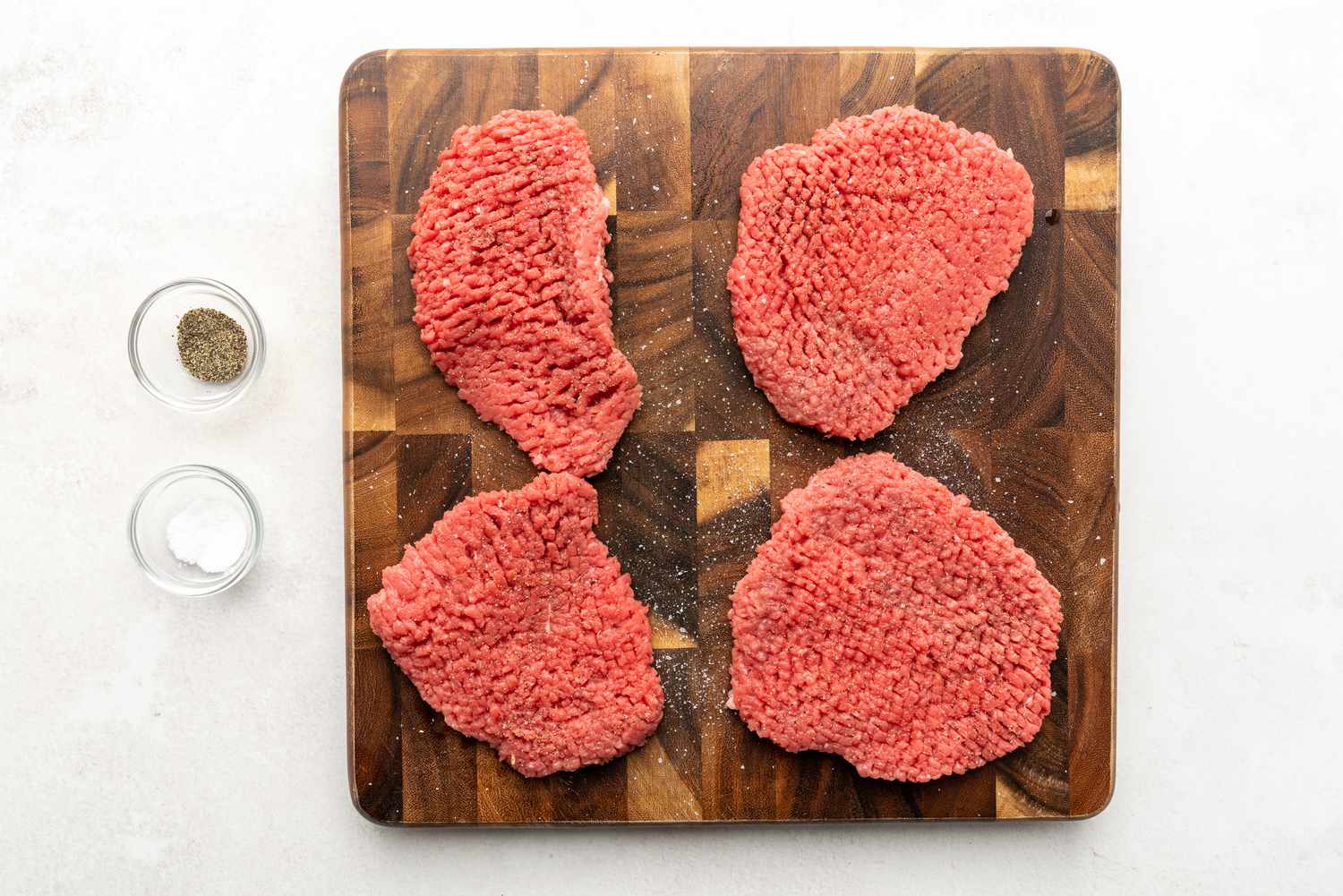Delicious and Easy Recipes for Cooking Dried Rice Cakes
If you’re a fan of Asian cuisine, you may have come across dried rice cakes—a versatile and tasty ingredient that can be used in numerous dishes. Whether you’re looking to explore new flavours or simply wanting to learn how to cook dried rice cakes, we’ve got you covered with some mouthwatering recipes. These recipes are easy to follow and will surely satisfy your cravings. Let’s get started!
1. Stir-Fried Dried Rice Cakes
Stir-frying dried rice cakes is a popular way to enjoy their chewy texture and blend of flavors. Here’s a simple and delicious recipe:
- Soak the dried rice cakes in warm water for about 30 minutes until they soften.
- Heat a tablespoon of vegetable oil in a wok or large skillet over medium heat.
- Add your choice of vegetables such as sliced bell peppers, onions, and carrots. Stir-fry for a few minutes until they start to soften.
- Drain the soaked rice cakes and add them to the pan. Stir-fry for another 5 minutes.
- Pour in a mixture of soy sauce, oyster sauce, and a pinch of sugar for added flavor. Stir everything together until well combined.
- Continue stir-frying for another 3-4 minutes or until the rice cakes are heated through and coated in the sauce.
- Transfer to a plate, garnish with chopped spring onions, and serve hot.
2. Rice Cake Soup (Tteokguk)
Korean cuisine features a delicious soup known as Tteokguk, made with sliced rice cakes. Follow these steps to make a satisfying bowl of Rice Cake Soup:
- In a large pot, bring beef or anchovy broth to a boil.
- Add thinly sliced rice cakes and cook for a few minutes until they become soft and chewy.
- While the rice cakes are simmering, cook some thinly sliced beef in a separate pan until lightly browned.
- Season the beef with soy sauce, sesame oil, and garlic.
- Once the rice cakes are cooked, add the seasoned beef to the soup and simmer for a few more minutes.
- Garnish with chopped green onions, a sprinkle of sesame seeds, and serve piping hot.
3. Rice Cake Skewers
If you’re looking for a fun and delicious appetizer or party snack, rice cake skewers are a perfect choice. Here’s a simple recipe:
- Cut dried rice cakes into bite-sized pieces.
- Thread the rice cake pieces onto skewers, alternating with your choice of vegetables, such as cherry tomatoes, zucchini, or bell peppers.
- Brush the skewers with a mixture of soy sauce, honey, and garlic for a flavorful glaze.
- Grill the skewers on a preheated grill or grill pan for a few minutes on each side until the rice cakes are lightly browned and the vegetables are tender.
- Garnish with chopped cilantro or sesame seeds and serve hot.
With these delicious recipes, you can now confidently cook dried rice cakes and impress your friends and family with your culinary skills. Whether you choose to stir-fry them, make a comforting soup, or serve them as skewers, dried rice cakes are sure to add a unique and delightful touch to your meals. Enjoy experimenting with flavors and create your own twist on these recipes. Bon appétit!
More Delicious Rice Cake Recipes to Try
Once you've mastered the basics of preparing dried rice cakes, venture into a world of diverse and delicious recipes that showcase their versatility. From the fiery delight of Spicy Stir-Fried Tteokbokki to the comforting warmth of Cheesy Baked Rice Cake Casserole, each recipe offers a unique way to enjoy rice cakes. We recommend trying the Grilled Rice Cake Skewers with Vegetables for a healthy twist, or the Sweet Red Bean Rice Cake Dessert for a sweet treat. Both dishes highlight the adaptability of rice cakes, making them perfect for both novice cooks and seasoned chefs alike.
Was this page helpful?
Read Next: How To Cook Broccoli On The Grill In Foil
